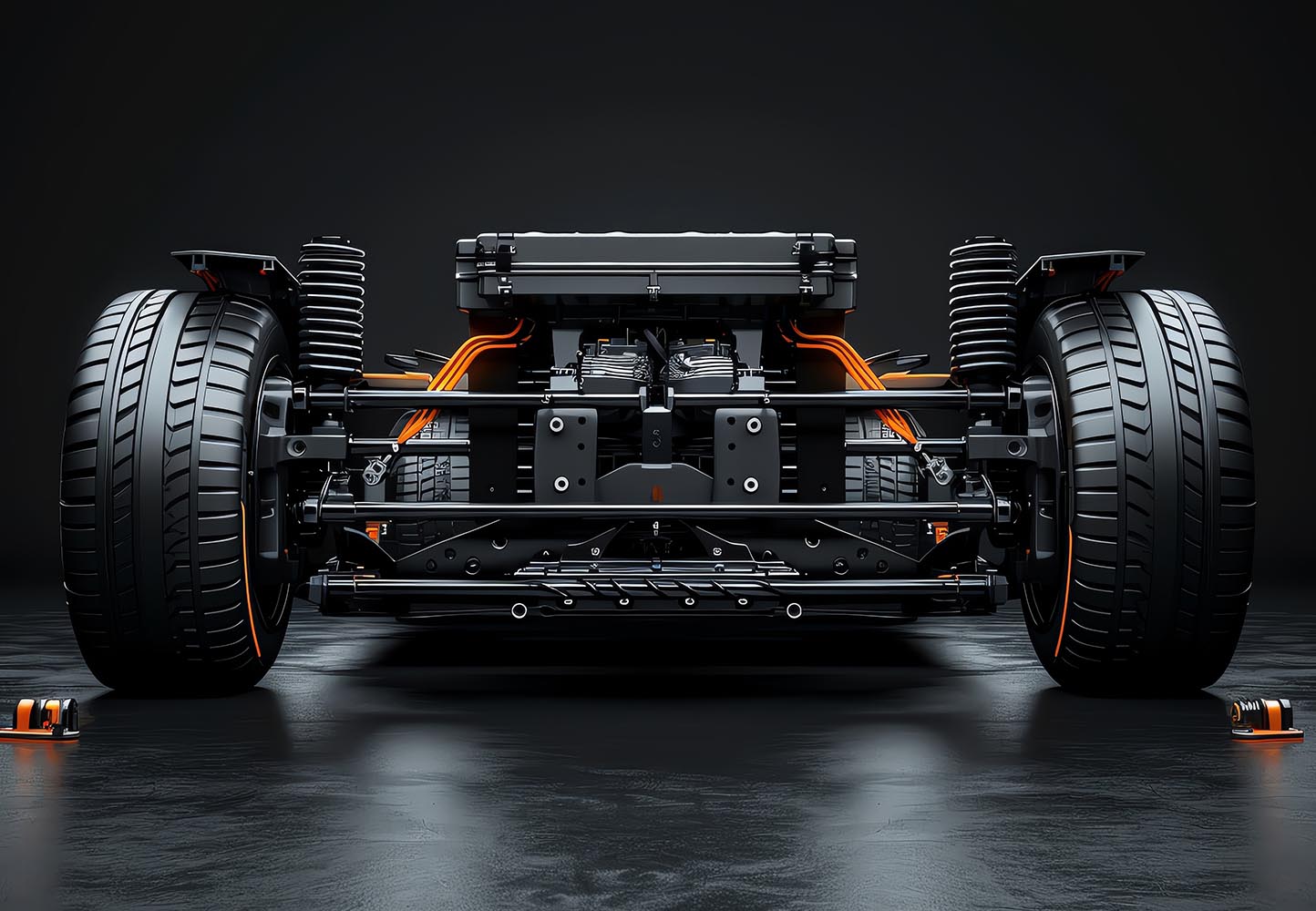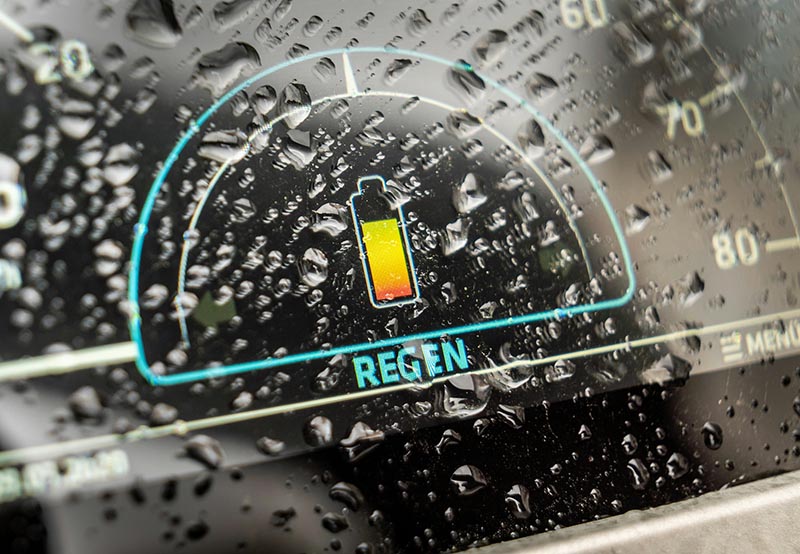
Can a single fluid meet all electric vehicle needs?
Electric vehicle (EV) development is rapidly evolving, but one question remains critical: Can a single fluid meet all the thermal management needs of EVs? Gareth Brown, technology manager of Driveline Additives at Lubrizol, addressed this issue during the 78th STLE Annual Meeting & Exhibition in Minneapolis, Minnesota, U.S.A. in May.
Despite the absence of a combustion engine, battery electric vehicles (BEVs) face significant thermal management issues. Brown highlighted that inefficiencies in battery cells, motors, and inverters generate substantial heat, requiring advanced solutions to maintain optimal performance and safety.
- Battery Temperature Control: Lithium-ion batteries need to operate within 15°C to 35°C. Deviations can accelerate degradation and increase fire risks.
- Motor and Inverter Cooling: Protecting permanent magnets from demagnetisation and preventing corrosion and conductive deposits are essential for maintaining motor efficiency and longevity.
The role of formulated fluids
Brown presented data showing that specially formulated thermal management fluids significantly outperform traditional synthetic base oils. In a nail penetration test, a dedicated thermal fluid limited thermal runaway to a single cell, whereas synthetic base oil allowed all cells to experience thermal runaway.
- Enhanced Performance: Improved thermal fluids can reduce motor temperatures, enhancing continuous power output by up to 16%.

EV architecture considerations
As EV architectures evolve, there is a trend towards integrated systems that combine motors, inverters, and transmissions into single units. However, this integration poses challenges for thermal management:
- Thin Fluids for Integrated Systems: Integrated transmissions require fluids that provide effective heat transfer without compromising gear protection.
- Modular Approaches: Brown questioned whether separating the inverter for standalone thermal management could yield better performance and safety.
Commercial vehicles, with higher duty cycles, may benefit from alternative approaches such as immersion cooling for high-capacity batteries. Off-highway vehicles, facing intense conditions, might require separate thermal management for motors and inverters to handle varying duty cycles.
Future directions
Lubrizol’s research suggests that neither a single-fluid approach nor separate components entirely meets modern EV needs. Instead, a middle-ground scenario, where fluids are separated by function (thermal vs. tribological), appears promising. This approach enables optimised thermal properties for hot components and adequate protection for gears and bearings.
Conclusion
Brown emphasised that fluid manufacturers must offer diverse solutions to empower engineers and avoid limiting technological advancements in the EV industry. As EV architectures continue to develop, the future likely holds integrated fluid systems tailored to the specific needs of passenger cars and high-duty cycle vehicles.
To read the full version of this article, check out the digital edition of the Q3 2024 issue of F+L Magazine.








